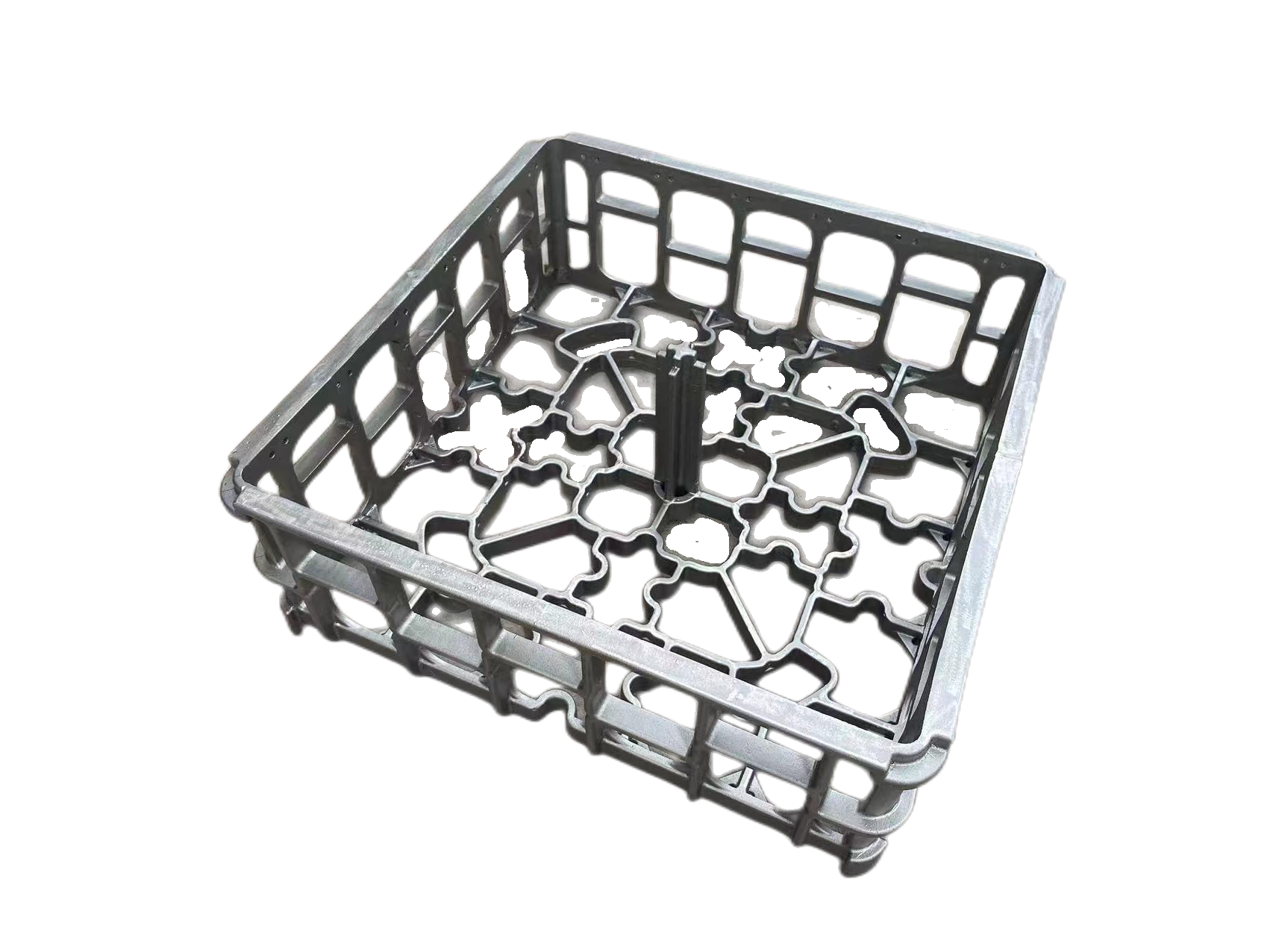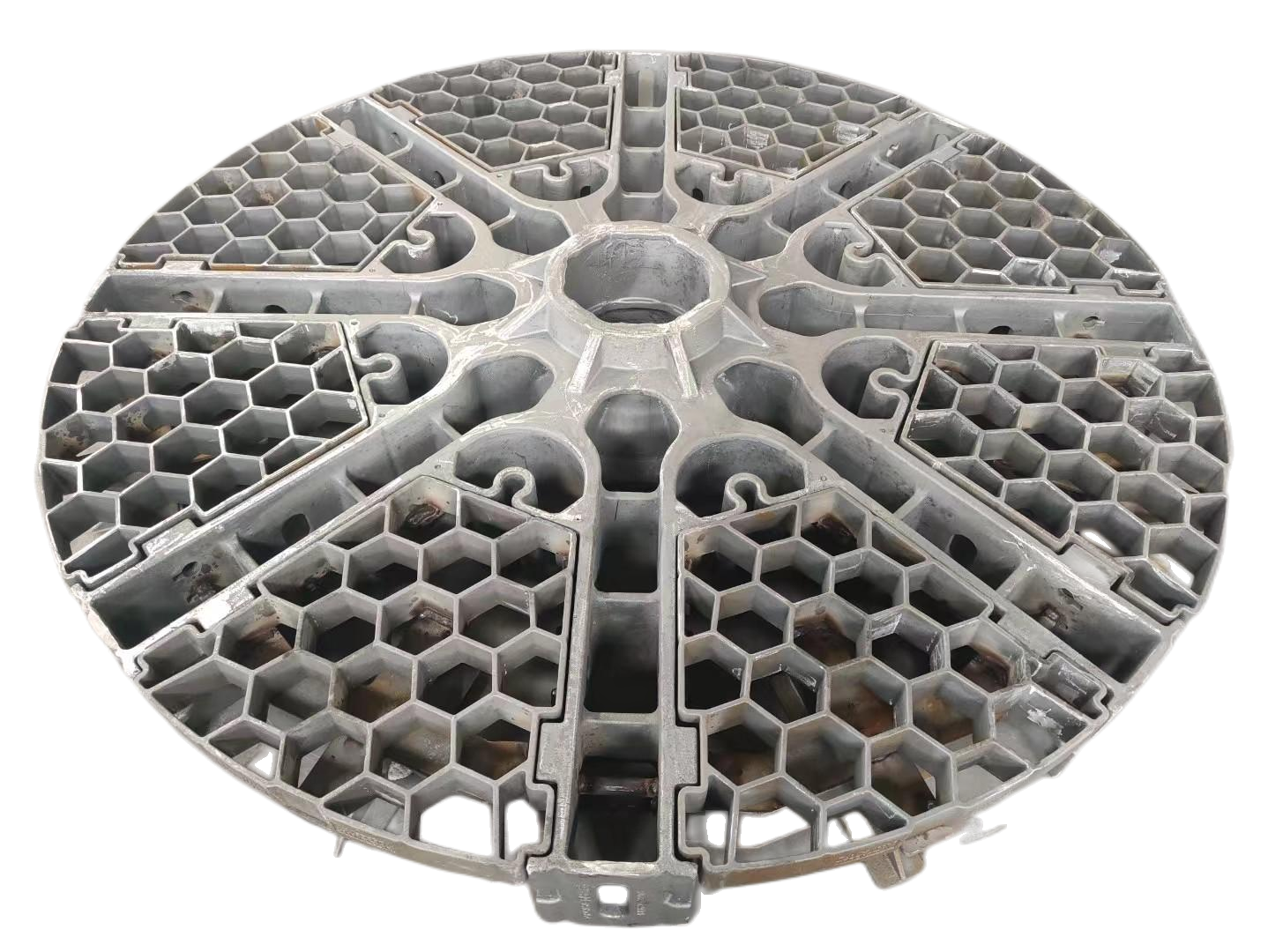stabilization heat treatment
Stabilization heat treatment is a critical metallurgical process designed to enhance material properties and ensure dimensional stability in metal components. This sophisticated thermal process involves heating materials to specific temperatures and maintaining them for predetermined periods, followed by controlled cooling. The primary function is to relieve internal stresses, reduce distortion, and achieve optimal microstructural stability. During the treatment, materials undergo precise temperature control cycles that typically range from 300°F to 800°F, depending on the specific alloy and desired outcomes. The process effectively minimizes future dimensional changes that might occur during service conditions, particularly in precision components. This treatment is extensively utilized in aerospace, automotive, and precision manufacturing industries where dimensional stability is paramount. The technology employs advanced temperature monitoring systems and specialized furnaces equipped with uniform heating zones to ensure consistent results. It's particularly valuable for complex geometries and components that require tight tolerances, such as machine tool beds, measuring instruments, and critical aerospace parts. The process also helps prevent warpage and dimensional changes that could otherwise occur during the service life of components, making it an essential step in quality control and long-term reliability assurance.

